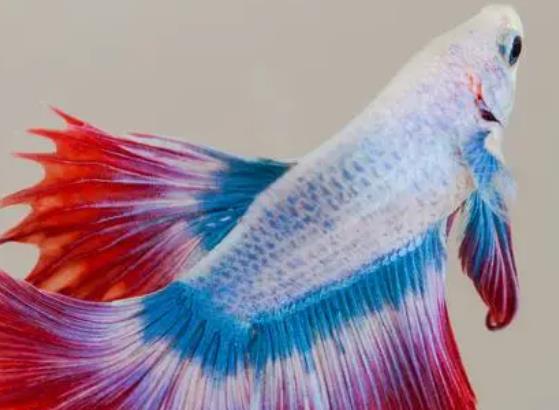Betta fish are naturally aggressive and have a relatively strong sense of territory. However, there are some fish species that can be tried to be co-cultured with betta fish:

I. Tetras
Small tetras
Small tetras like neon tetras and cardinal tetras are relatively appropriate choices. These tetras are small in size and have a mild temperament and usually do not actively provoke betta fish. They mainly move in the middle and upper layers of the water body, while betta fish spend most of their time in the middle and lower layers of the water body. Such layering can reduce conflicts between them.
For example, neon tetras are colorful, with spindle-shaped bodies, and their body length is generally about 3 to 4 centimeters. When co-cultured, their swimming style of quickly shuttling between aquatic plants is less likely to arouse the attacking desire of betta fish.
Large tetras
Black neon tetras can also be considered. It is slightly larger in size than small tetras, and its body length can reach 5 to 6 centimeters, but it also has a mild temperament. Its unique black longitudinal stripes are very eye-catching in the aquarium. When co-cultured with betta fish, their schooling habit can add dynamic beauty to the aquarium and are less likely to have intense territorial disputes with betta fish.
II. Corydoras
Species characteristics
Corydoras are benthic fish. Their bodies are cylindrical, and there are two pairs of whiskers beside their mouths, looking very much like mice. Common ones include three-stripe corydoras, bristle-nose plecos, etc. They mainly move at the bottom of the aquarium and feed on algae and leftover food.
Since betta fish generally do not have much interest in corydoras that move at the bottom, and the behavior of corydoras is relatively low-key and less likely to actively invade the territory of betta fish, they can be co-cultured with betta fish. For example, three-stripe corydoras have black longitudinal stripes on their body surface, and their body length can reach 10 to 12 centimeters. When looking for food at the bottom of the aquarium, they move slowly and will not cause attacks from betta fish.
III. Angelfish
Characteristics of angelfish
Angelfish are relatively large in size. Adult angelfish can reach about 12 to 15 centimeters in body length. Their bodies are rhombus-shaped and have long filamentous fins, with an elegant posture. Angelfish have a relatively mild temperament and can be co-cultured with betta fish under appropriate conditions.
However, it should be noted that the fins of angelfish are relatively long. In the initial stage of co-culture, betta fish may chase the fins of angelfish out of curiosity or territorial consciousness. Therefore, close observation is needed during co-culture. If it is found that the attacking behavior of betta fish is too frequent, they may need to be separated.
When co-culturing, provide a large enough aquarium and arrange enough hiding places such as aquatic plants and stones. This way, different fish can have a place to hide when threatened, thereby increasing the probability of successful co-culture. At the same time, pay attention to maintaining good water quality, appropriate water temperature and other breeding conditions.
